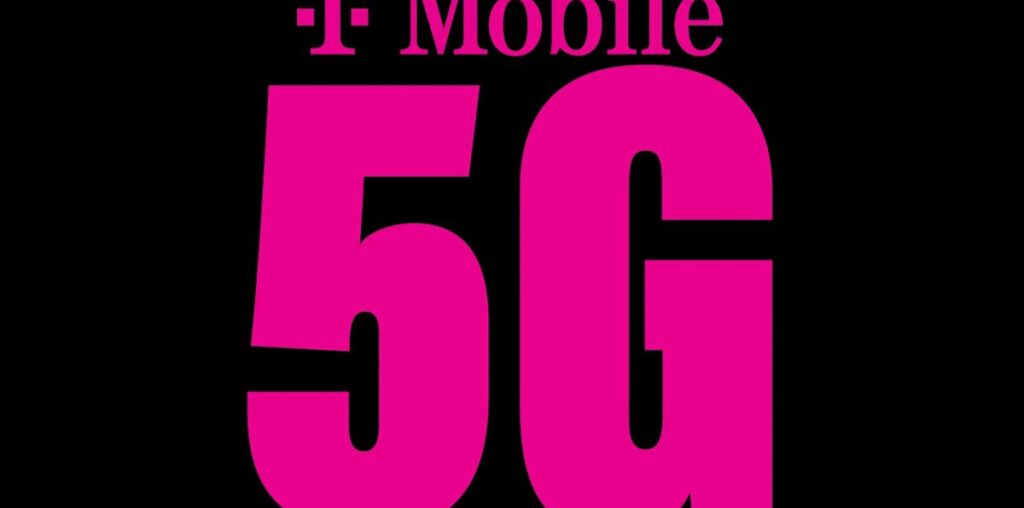T-Mobile appears to be done with any 5G mmWave expansion and has been given permission by the FCC to release some of the spectrum it owns. They don’t see a future where they need (or want) to deploy more 5G mmWave into the areas they were once promising to.
In the early days of the race to push 5G live, carriers like Verizon jumped on 5G mmWave as the solution to deploy 5G quickly and to showcase what the future with 5G might look like. You see, 5G mmWave was insanely fast when a device was connected to it, often times showcasing speeds north of 1Gbps. It was used to give a brief view of the potential of 5G as the industry couldn’t help but overpromise on the graduation from 4G LTE.
As we now have seen, 5G mmWave was indeed super fast, but it was panned pretty early on because of its terrible reach and need for direct line-of-sight to a tower in order to achieve a quality connection. This type of 5G struggled to work around or through trees and buildings and windows, meaning it wasn’t a great solution for those working in office buildings and not sitting their entire day at an outdoor cafe with a mmWave tower across the street.
T-Mobile was one of the US carriers that never fully bought into the 5G mmWave hype and instead focused all of its early 5G efforts on using the mid-band 5G it acquired when it bought Sprint. As it turns out, that was the proper play for 5G, as mid-band 5G is both fast as hell, can reach large areas, and isn’t given a stiff-arm from a see-through window. The rest of the industry has since followed T-Mobile’s lead, most recently when everyone tried to buy as much C-Band spectrum (which is mid-band 5G) as they possibly could, while backing it up with all of the low-band 5G available.
T-Mobile explained to the FCC that 5G mmWave spectrum is useful “in venues like arenas and stadiums during widely attended events to ease network congestion,” but even then it is struggles to meet their performance requirements. Again, as I mentioned above, mmWave’s problems start when you don’t have direct line-of-sight and even in a stadium or arena, those are problems you can’t avoid.
The spectrum that T-Mobile is giving up includes county-size areas around Los Angeles, San Francisco, Santa Clara, Atlanta, Miami, Brooklyn, Dallas, and Fort Worth. They’ll still keep some 5G mmWave areas active in those cities (mostly in downtown sections), but the areas are a fraction of the size.
If the FCC wants, it can make the spectrum available to other providers.

